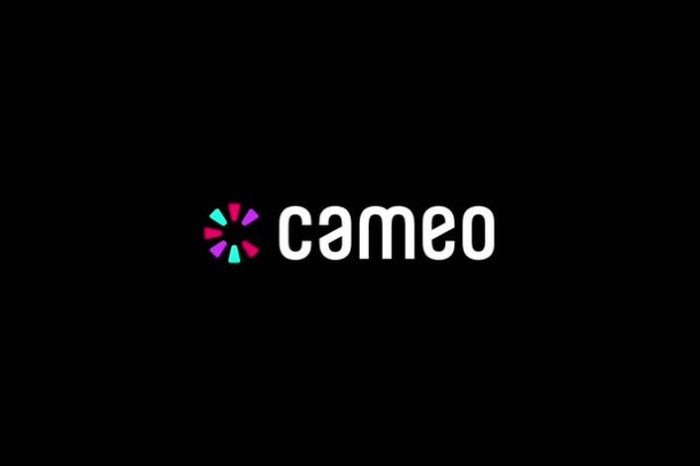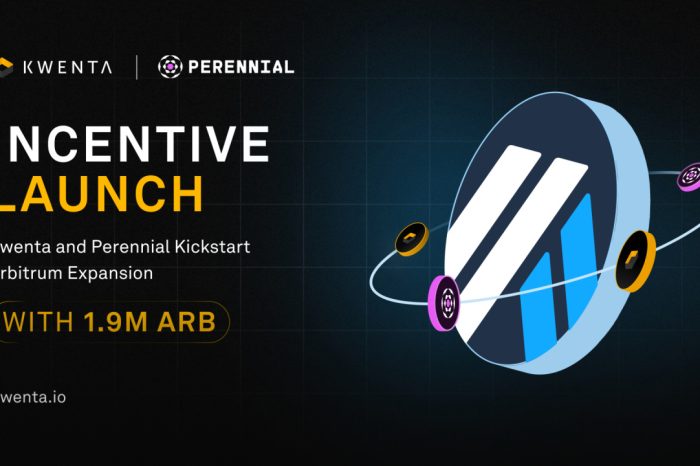Your job is to assemble a total picture from a series of individual parts. No piece of the puzzle should be isolated from the others. The various parts must fit together harmoniously.
The “total picture” includes consideration of the environment in which your advertisement or publication will be distributed.
For example, when designing a newspaper advertisement, consider how it will look when surrounded by news items and other advertisements.
When planning a newsletter or direct-mail piece, imagine how it will look when it arrives in the recipient’s mailbox. When designing a magazine cover, consider how it will look surrounded by other magazines on the newsstand. When creating product literature, visualize how it will appear when displayed in a brochure rack.
Inside a publication, the most important part of the total picture is the two-page spread. When designing multipage publications, such as newsletter, brochures or books, work on two-page spreads instead of individual pages.
If you make the mistake of concentrating on each page as though it were a self-contained entity, you might end up creating two pages that look good individually, but don’t work side by side.
This left-hand page is visually attractive and self-contained.
This right-hand page also works well on its own.
Design two-pages spreads instead of individual pages.
When viewed side by side, however, they “fight” each other and present a disorganized, difficult-to-read image.
Remember that readers seldom encounter individual pages, but see left-and right-hand pages together.
Readers seldom encounter just one page, but see facing pages together.










